Best Products to Sell on Back to School Season 2025
_1752109852562.jpg)
_1752109852562.jpg)
The back to school period of time usually starts and ends in August before the school year starts in the United States, Europe, and Canada. In the U.S., many states offer tax-free periods (usually about a week long) at which time any school supplies and children's clothing purchased do not have sales tax added. So, American parents, guardians, and children were planning to spend an estimated total of nearly 40 billion U.S. dollars.
If you're not planning your 2025 summer inventory yet, you're already behind. We think you should start preparing to purchase these products with high margins.
This ultimate blog dives into the top wholesale products for the 2025 Back to School Season and delivers three actionable sourcing tips. Okay, let's go.

Back to school is the second-largest retail season after the winter holidays. In 2024, total spending hit $38.8 billion, with the average household spending $874.
Although the consumer is huge, the key to preparing for a successful back to school shopping season is effective inventory management. If you understock, you risk missing out on sales. While if you overstock, you may end up with excess inventory that’s hard to sell.
How can you max your margins this year? Review last sales data and take a look at our predictions for this year’s season. (All data comes from NRF and Statista).
In 2024, more than half (55%) of back to school and college shoppers had begun buying by early July, marking a decade-high. Whether it be to stretch out their budget, plan for possible product delays or take advantage of deals and promotions, consumers are getting a head start on their shopping. While shopping is well underway, the majority (86%) of consumers still have at least half of their purchases left to complete. Waiting for better deals (45%) or lacking a finalized list (45%) were the top reasons remaining purchases were pending. With Prime Day and summer “Black Friday” events, consumers are spreading budgets across months, effectively stretching the season.

K-12 households planned to spend an average of $874.68 on clothing, shoes, supplies, and electronics—slightly down from $890.07 but still the second-highest on record—totaling $38.8 billion. Electronics averaged $309.35, apparel $253.29, supplies $141.62, and shoes $170.43.
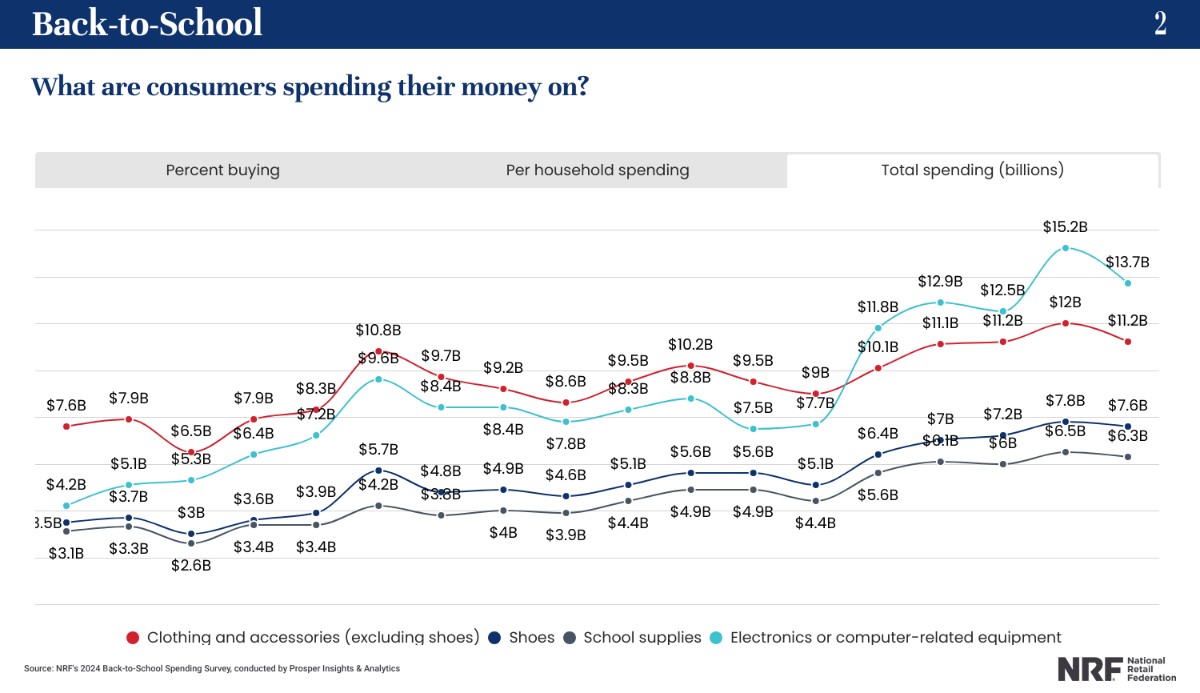
College students and families budgeted $1,364.75 each, totaling $86.6 billion, with electronics ($359.49), dorm furniture ($192.40), apparel ($171.06), food ($149.71), and shoes ($112.60) as top categories.
_1747366843049.jpg)
Online channels led with 57% penetration, followed by department stores (50%), discount retailers (47%), apparel stores (42%) and electronics outlets (23%). Discount retailers saw a 2-point increase year-over-year as budget-conscious families hunted value. Over 85% planned to leverage Prime Day and summer promotions for essential supplies.
_1747366855773.jpg)
With the development of technology, around 70 percent of parents planned to buy electronics for school purposes for their kids. Consumer electronics have increasingly become a classroom essential compared to a decade ago, an increase of nearly 15 percent compared to a decade earlier. Parents tend to spend a considerable amount on tech products during the back-to-school season.

Tablets and laptops remain indispensable. 69% of back to school shoppers plan to buy computer-related electronics, driving over $15 billion in spending.
Multi-scenario use that boosts utility and purchase intent. In daily campus life, students use tablets for morning cafeteria research, laptops for interactive lectures, and wireless earbuds for dorm entertainment. Retailers should prioritize models with long battery life and lightweight design.
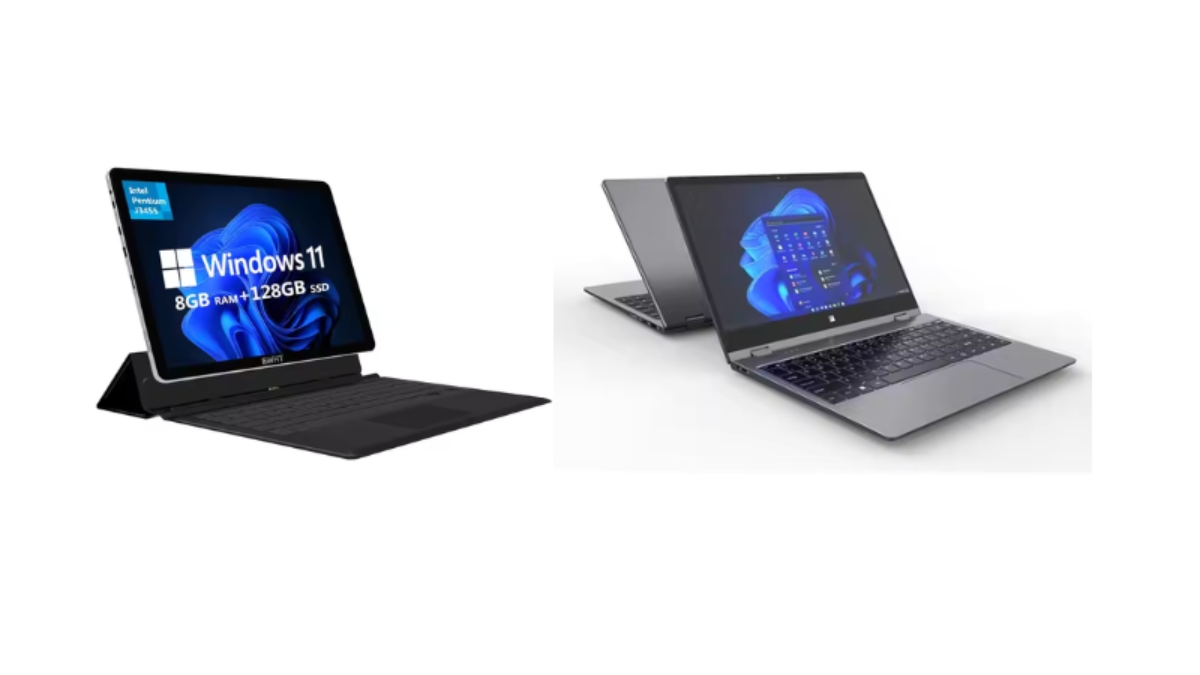
Functional activewear and multi-compartment backpacks continue to soar. Sales in these categories rose over 22% in the past two seasons, underscoring the power of smart design.
Moisture-wicking athletic sets suit both P.E. classes and casual wear, addressing temperature swings. Backpacks with USB charging ports and hidden anti-theft pockets simplify all-day device carry.
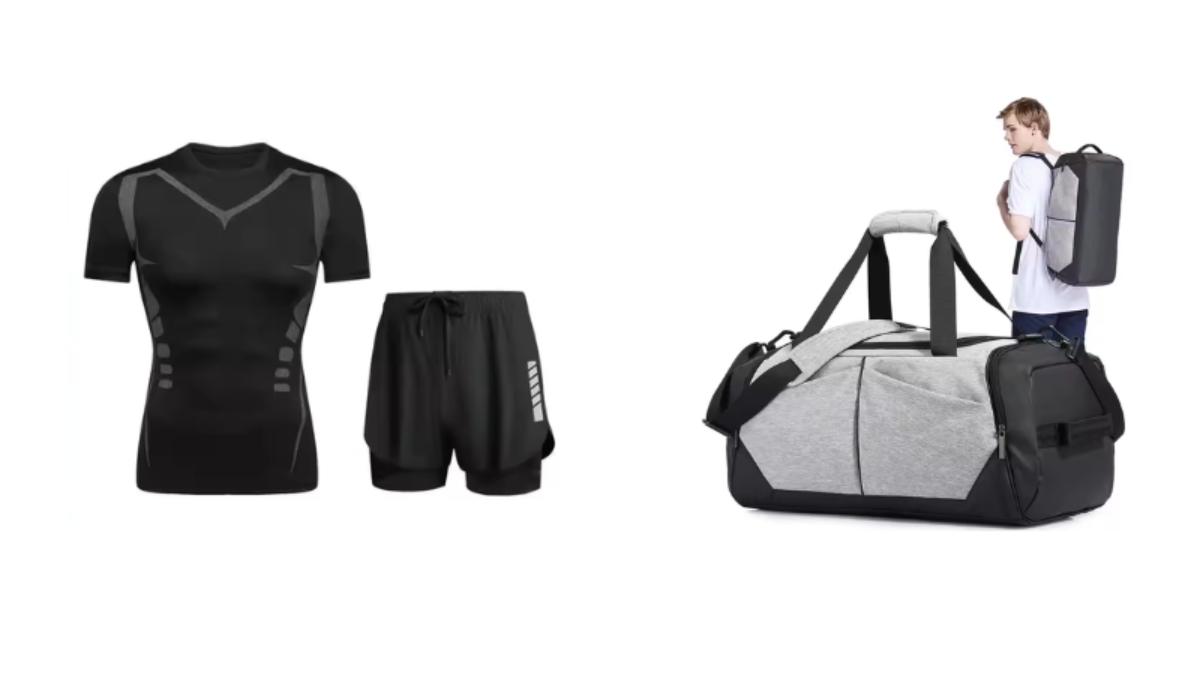
Minimalist sneakers and school-approved shoes remain steady sellers. Shoes account for 19.5% of K-12 back to school budgets, averaging $170.43 per household.
In everyday campus settings, from classrooms to playgrounds to weekend sports, shoes with easy-clean fabrics and non-slip soles are preferred. Retailers should source PU leather and knit fabric blends for comfort and cost efficiency.
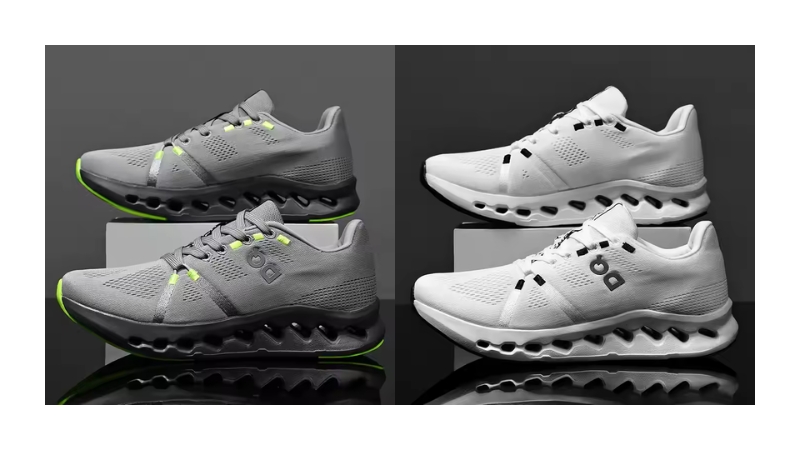
Personalized notebooks and multi-functional desk lamps are driving growth.
Supplies represent roughly 16.2% of K-12 household budgets, with over 70% of shoppers seeking customized, eco-conscious designs.
Eco-friendly stationery sets made from biodegradable materials meet modern sustainability demands, while desk lamps featuring USB ports and three-level dimming cater to nighttime study and virtual classes.
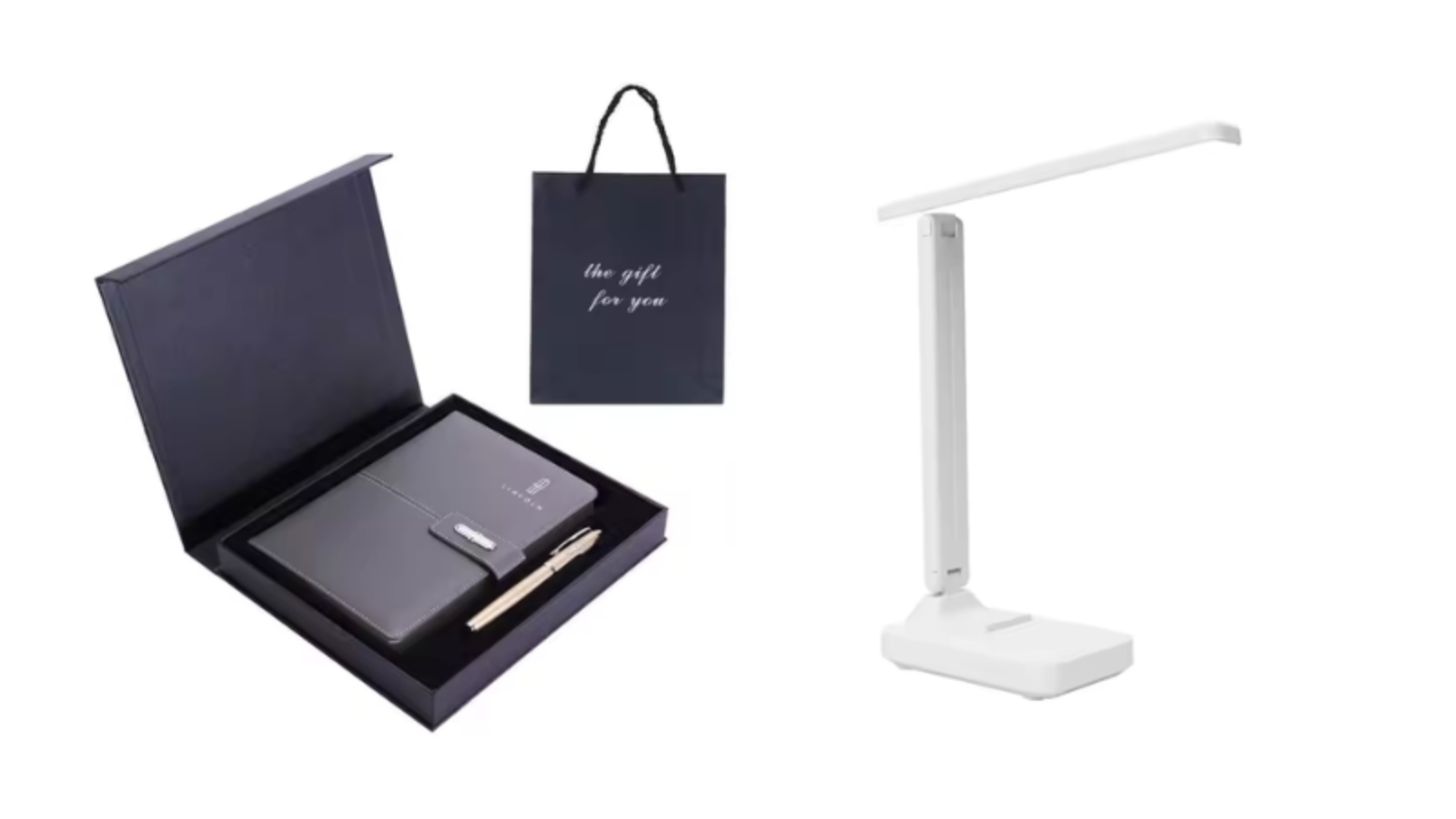
As a Chinese sourcing agent expert with 20 + years of purchasing experience, we have put forward three major procurement tips.
Procurement technology continues to improve with the advancement of digitalization. EJET’s Digital Procurement platform enables instant price comparisons, automated order placement, and real-time shipment tracking—crucial for securing high-demand SKUs during peak season.
Pre-qualify 2–3 factories offering season-specific MOQ discounts and rapid restock agreements, then apply EJET’s multi-stage quality inspections (pre-sourcing, in-production, pre-shipment) to meet U.S. CPSC safety standards and custom specs. Multi-factory sourcing reduces stock-out risk by 45%, with sub-1% defect rates after third-party QA.
Combine LCL ocean freight and express air freight based on SKU volume and urgency, then leverage L.A. and New York warehouses plus Amazon FBA Prep for “order online, ship direct” fulfillment. This hybrid model can cut inbound lead time by 20%, accelerating go-to-market and replenishment.
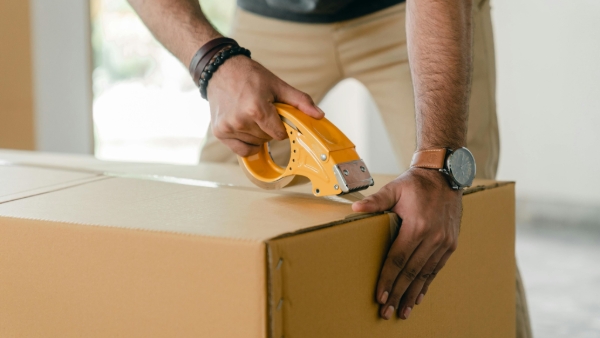
Back to school season is often a highlight in retailers’ calendars. And as consumers look to shop increasingly earlier and budgets remain healthy, you should look to maximize your 2025 sales.
Sourcing our recommended best products and applying our three sourcing tips ensures a fast, reliable, and cost-effective 2025 Back to School Season strategy that drives sales and profitability.
Need any more help with sourcing? Just trust and contact us!
You should start placing wholesale orders by June, since NRF data shows 55% of U.S. back-to-school and college shoppers begin buying in early July,.
On Alibaba and similar B2B platforms, most suppliers list a minimum order quantity of around 500 units for backpacks, stationery, and apparel, though you can often negotiate down to 100–200 pieces during the peak sourcing window if you compare multiple quotes.
Implement a three-stage QA process: factory capability audit, in-line inspection, and pre-shipment third-party testing, and secure a CPSC-accepted Children’s Product Certificate (CPC) to ensure all school supplies meet U.S. safety standards.
For reliable sourcing, use Alibaba.com (with Trade Assurance and Gold Supplier vetting), Global Sources for audited suppliers, or integrate Shopify Supply Chain Apps to automate order placement and tracking within your storefront.
Adopt a hybrid shipping strategy: LCL ocean freight for cost-sensitive bulk goods and express air for urgent SKUs, paired with local warehousing (e.g., Los Angeles, New York) and Amazon FBA Prep to cut inbound lead time by up to 20% and accelerate replenishment.
Illustration source: Pexels
Product image source: Alibaba
Your trusted partner for sourcing from china.





